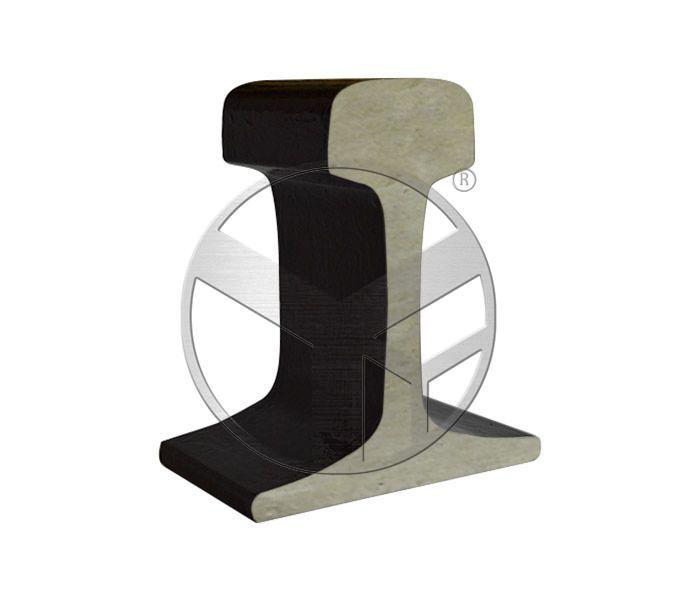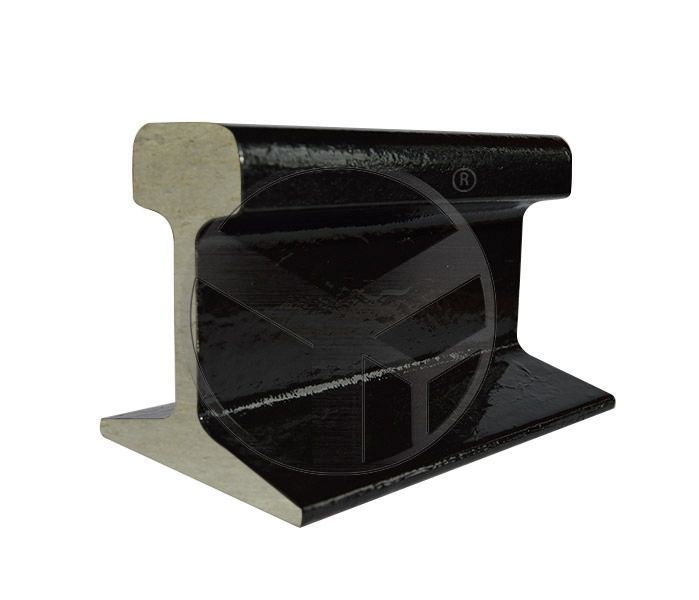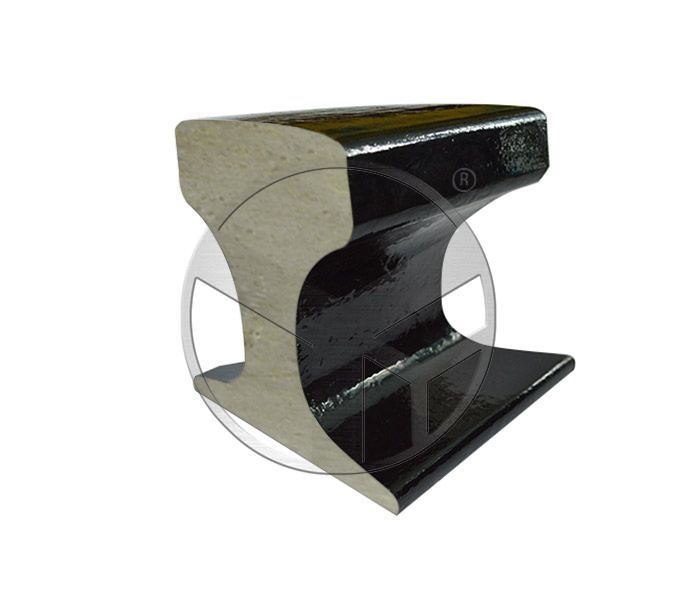How Many Types of Rail Are There?
Steel rails, also known as railroad tracks, come in various types and classifications, each designed for specific applications and conditions. Here is an overview of some commonly used steel rail types:
Standard Rail (R): Standard rails are the most common type used in railway construction. They have a symmetrical profile with a flat base and an elevated head that provides support to train wheels. Standard rails are classified by their weight per yard (e.g., 40 lb/yd, 60 lb/yd, 85 lb/yd, etc.), indicating their load-bearing capacity.
Heavy Rail (H): Heavy rails are designed for high-traffic and heavy-load applications, such as mainline railways and heavily used freight corridors. They have a higher weight per yard than standard rails, providing increased strength and durability.
Light Rail (L): Light rails are used in lighter-duty applications, such as tramways, light rail transit systems, and industrial sidings. They have a lower weight per yard and are generally used for lower-speed operations.
Crane Rail (A, M, or Y): Crane rails are specialized rails used for overhead cranes and gantry systems in industrial environments, ports, and shipyards. They are designed to withstand heavy loads and provide smooth movement for crane operations. Crane rails are classified into different sections, such as A, M, or Y, based on their profile shape.
Guard Rail (G): Guard rails, also known as check rails or guide rails, are short sections of rail used in switches and crossings to guide the train wheels onto the correct track. They are typically smaller in size and are positioned alongside the main rails.
Grooved Rail: Grooved rails feature an additional groove or channel along the top surface to accommodate the flanged wheels of trams and light rail vehicles. The groove helps provide guidance and stability to the wheels, preventing them from derailing.
Continuous Welded Rail (CWR): Continuous welded rail consists of long rail sections that are welded together to form a continuous track. This eliminates the need for rail joints, providing a smoother and more stable track, reducing maintenance needs and improving ride quality.
Flat Bottom Rail (FB): Flat bottom rails have a flat base profile instead of a tapered base. They are often used in light rail applications, such as streetcar or tram systems, where the track is embedded in road surfaces.
It's important to note that specific rail types, sizes, and specifications may vary depending on regional standards, railway systems, and specific project requirements. Consulting with railway engineers, rail manufacturers, or railway authorities can provide detailed information on the appropriate rail types for specific applications.
For more information, please contact us. We will provide professional answers.



评论
发表评论